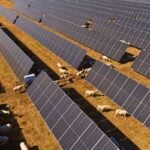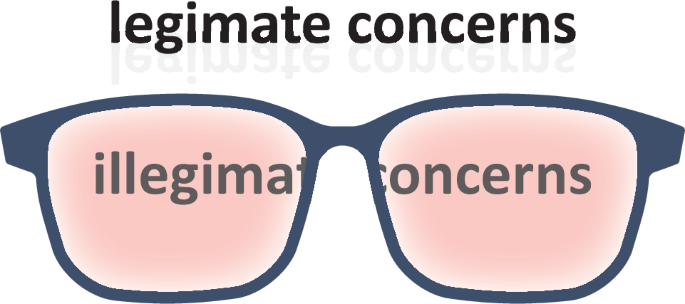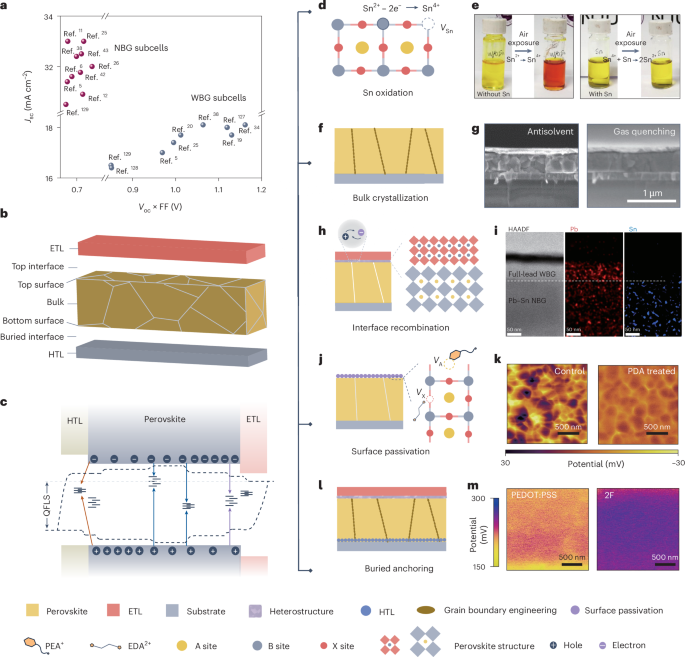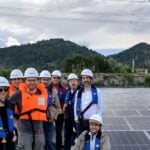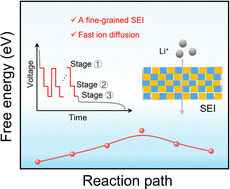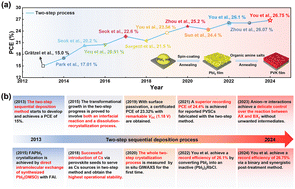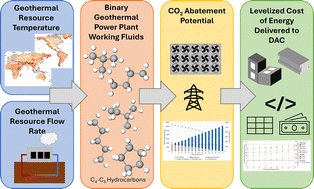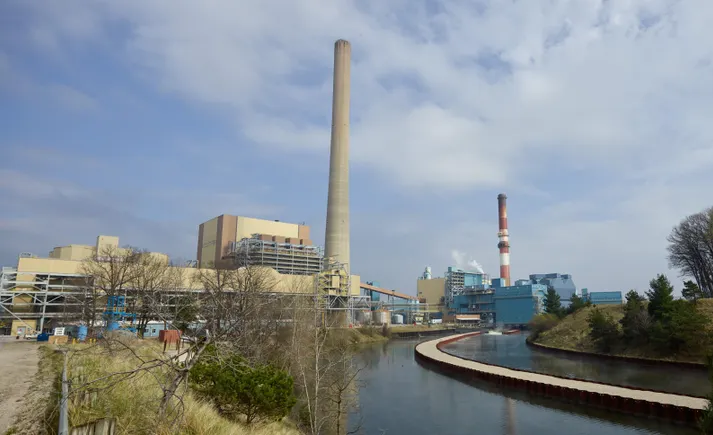Eco‐Friendly Soy Protein‐Based Solid‐State Electrolyte Exhibiting Stable High‐Rate Cyclic Performances by Molecular Regulation Design
Advanced Energy Materials, EarlyView.

The soy protein-based solid electrolyte in this study exhibits environmental sustainability and outstanding cycling performance. Compared to organic polymer electrolytes, the SPPV@VEC-SSEs significantly reduce their environmental impact across the entire lifecycle. The corresponding battery delivers good cyclic stability up to >800 cycles under a high temperature of 120 °C and a high cycling rate of 2 C.
Abstract
Solid-state electrolytes play critical roles in solid-state lithium-ion batteries. In this study, soy protein (SP), a green and renewable biomass polymer, is explored as a backbone for solid-state electrolytes. SP-based solid-state electrolytes (SPPV@VEC-SSEs) are prepared with the soft-hard interpenetrating network by modulating the molecular structure of SP. In this process, the active groups on SP are utilized to form hydrogen bonds with polyvinylidene difluoride (PVDF), constructing a hard phase cross-linked network, which causes the folded quaternary structure of the SP to unfold and create more lithium ion transport channels; Then vinylethylene carbonate (VEC) monomers are infused into this network and are cross-linked through free radical polymerization to form a soft-hard interpenetrating cross-linked network, enhancing both the availability of lithium-ion transport sites and the improvement of interfacial performance. The SP-based solid-state electrolytes exhibit high ionic conductivity (7.95 × 10−4 S cm−1) and Li+ transference number (0.78) at 60 °C. The corresponding LFP||SPPV3@VEC-SSEs||Li battery delivers good cyclic stability up to >800 cycles under high temperature of 120 °C and high cycling rate of 2 C. Results of experimental and theoretical analysis reveal that the construction of the soft-hard interpenetrating network facilitates the unfolding of the quaternary structure of SP, exposing more oxygen-containing groups and cationic groups which effectively bind with Li+ ions and anions of lithium salts. The zwitterionic structure of SP not only gives rise to high ionic conductivity but promotes the formation of a stable interface layer between the solid-state electrolyte and electrodes. Compared to organic polymer electrolytes (polyethylene oxide (PEO) and poly(trimethyl carbonate) (PTMC)), the SPPV@VEC-SSEs exhibit an order of magnitude lower release of organic volatiles, significantly reducing their environmental impact across the entire lifecycle. This work provides a pathway for preparing bio-based sustainable solid-state electrolytes with long lifespans under extreme conditions.
































































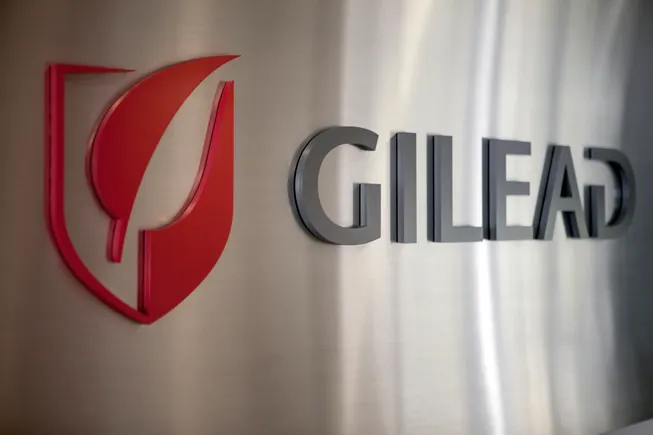

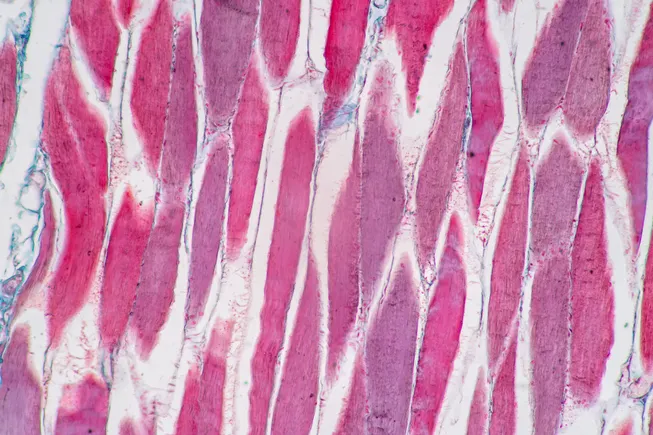










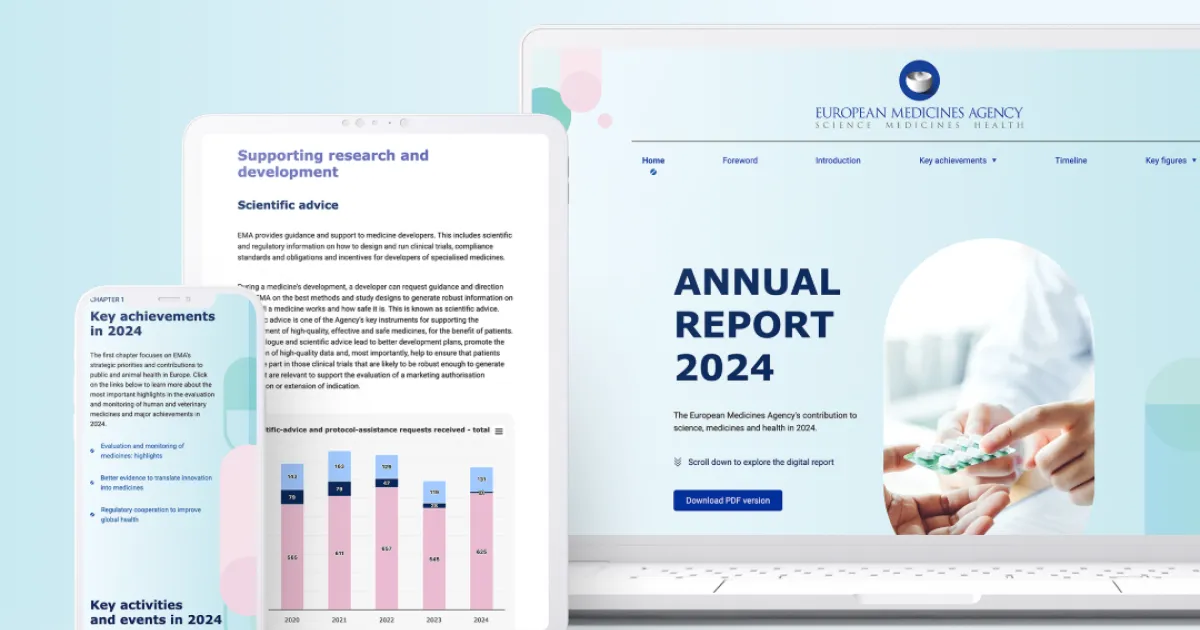













![The American contingent and Turkey’s autonomy goals: Paris Air Show Day 3 [Video]](https://breakingdefense.com/wp-content/uploads/sites/3/2025/06/Wednesday-Wrap.00_00_32_21.Still001.png?#)
![A look at the jets flying high above the Paris Air Show [PHOTOS]](https://breakingdefense.com/wp-content/uploads/sites/3/2025/06/Rafale_02-scaled-e1750268097167.jpg?#)




















